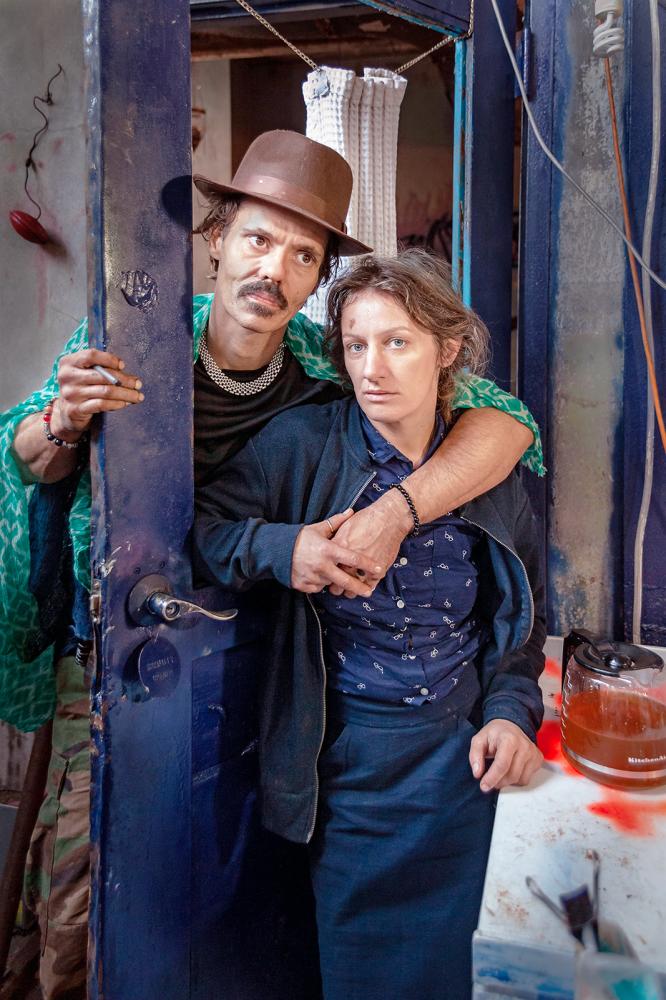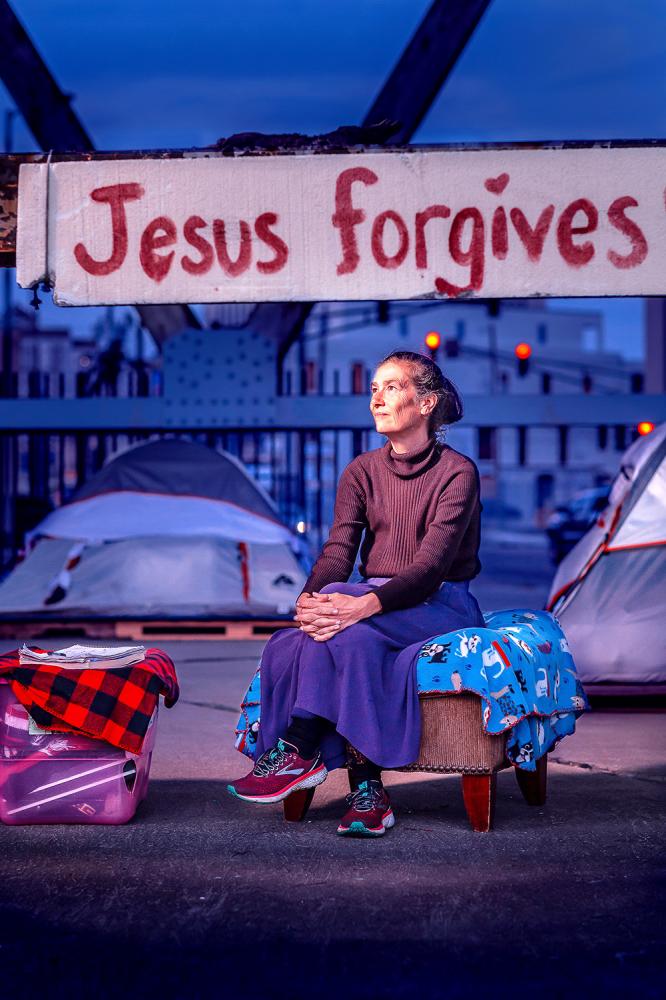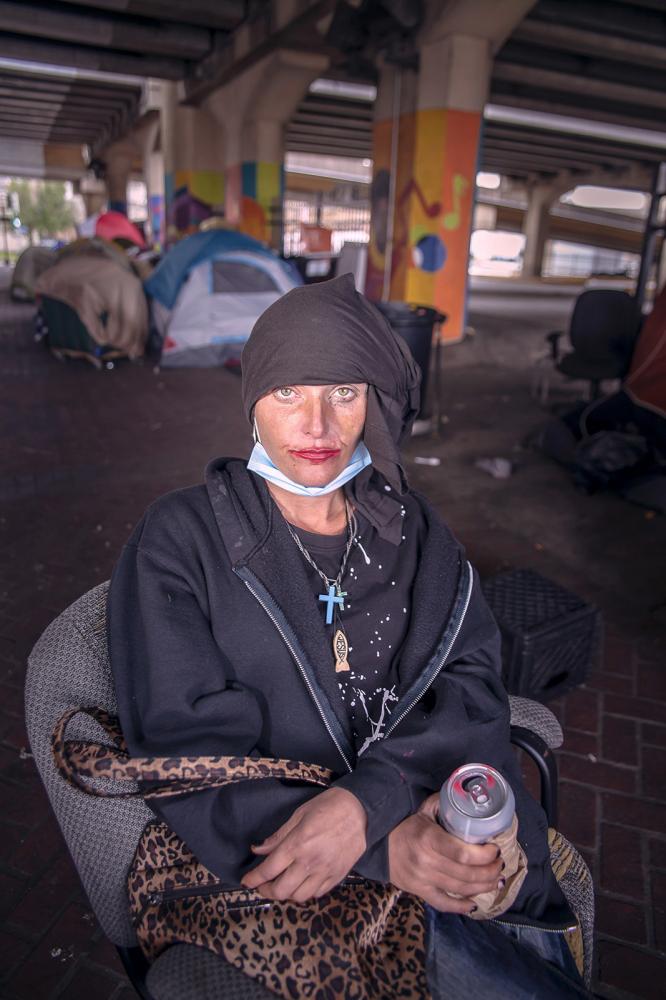Private Story
Structure Out Of Chaos
Summary
"Structure out of Chaos" documents unhoused Americans in their dwellings. Since the causes of this epidemic do not get addressed the crisis continues unabated. Overwhelmed cities have criminalized the population making jails the new asylum / shelter. This project collaborates with outreach workers and the homeless to share a fresh narrative and serve as a platform for people without one. The intent is to shift public consciousness away from the projected stereotypes and towards the issues creating this domestic humanitarian crisis.
I experienced major culture shock in 1993 when I moved to Miami, Florida and witnessed 1,200 people living in plywood shacks downtown. These encampments were to result of the city was being sued for arresting homeless people prior to public events. The Federal judge ruled that “safe zones” be established where people could eat, sleep, and bath in public without fear of arrest until social services were offered. As I result shantytowns popped up all over the country and this documentary has been ongoing ever since.
The resulting consent decree was called the Pottinger Settlement and it protected the unhoused population for decades until a conservative judge repealed it in 2019. Cities are now free to monitor themselves as to whether their laws criminalize unhoused people and strip them of their constitutional rights. There are laws against panhandling, camping, loitering, blocking sidewalks, urinating in public, food sharing, and even limits on how much can be carried.The portraits are meant to engage the viewer to look into the lives of people they ignore everyday. Once engaged the text is an opportunity to deliver a fresh narrative describing the repetitive traumas of the collective. This series doesn’t focus on personal tragedies but on the barriers to ending this epidemic.
The federal government’s response to this crisis is a rapid rehousing program. However, two of the three factors creating chronic homelessness cannot be solved with housing. Those factors are severe mental illness and substance use disorders, which tend to be intertwined. After receiving housing these unresolved issues lead many back to living on the streets creating a never-ending cycle.
For people experiencing mental illness, our laws require them to navigate their own care. If their illness causes them to fail that responsibility they are relabeled as homeless. Many choose to self-medicate making them appear as addicts. As the mental healthcare system lost funding the criminal justice system gained it placing psychiatric care primarily behind bars. I must point out that some of these jails operate for profit.
I partner with homeless outreach organizations such as Grace at the Green Light in New Orleans. As a team, we visit abandoned buildings and structures that unhoused people call home. The social workers offer their services as this project offers a platform for these marginalized and disenfranchised people.
When I started this journey decades ago I was primarily interested in people, the homes they created and their personal space. I was the tour guide taking the viewer into worlds they would otherwise never see. Presently I seemed to have pivoted focusing harder at using the images as a tool for public engagement to shift the overall perception of this issue. Our public policies are responsible for creating much of this problem yet those issues go unmentioned and unaddressed while the blame is placed on the victims.
If I were to be awarded the Visura Project Grant the money would fund travel and create movies of this topic. I recently started interviewing more outreach workers and mental health professionals to get the story that the victims may not even know. There is a plethora of content on homelessness to create sympathy and to talk about band-aid help but there is nothing that addresses prevention and explains why this is happening.
We talk about ending homelessness but we never do anything to prevent it and we fund a system to give out homes when what people need is mental healthcare. It is imperative that this project talks to both the people in crisis as well as the workers behind the scenes trying to change the system.
The intent is to push through stereotypes to explore a fresh narrative because we won't fix what we don't acknowledge. If we continue to ignore vulnerable people, then this epidemic will proceed unabated. A massive shift in consciousness is required to prevent and end American Homeless and this work strives toward that goal by being a platform for people without one.
Structure Out Of Chaos movies can be viewed on my You Tube channel https://www.youtube.com/user/marylouus and Instagram https://www.instagram.com/marylou.us/ The project website is http://www.unhoused.us.

























